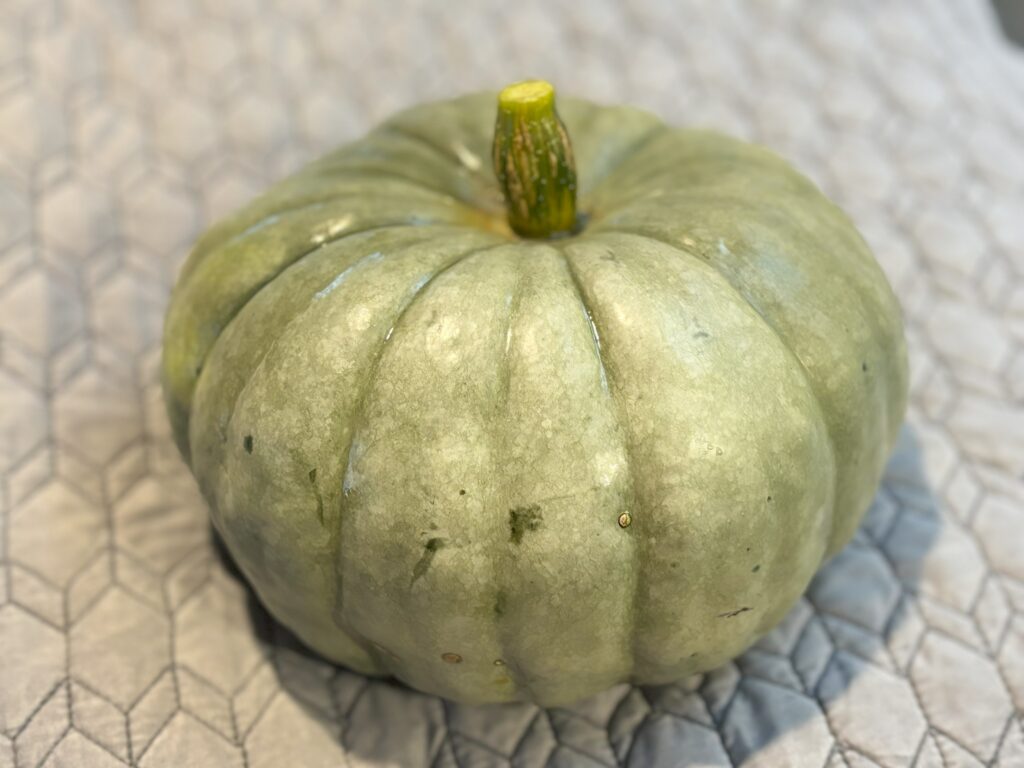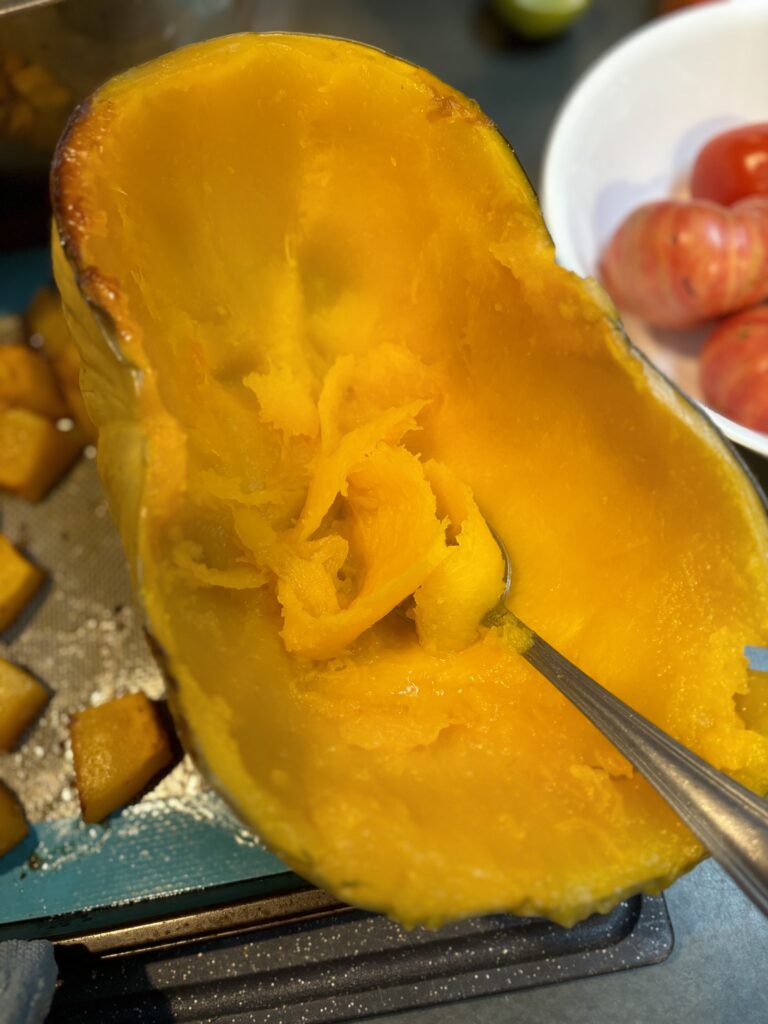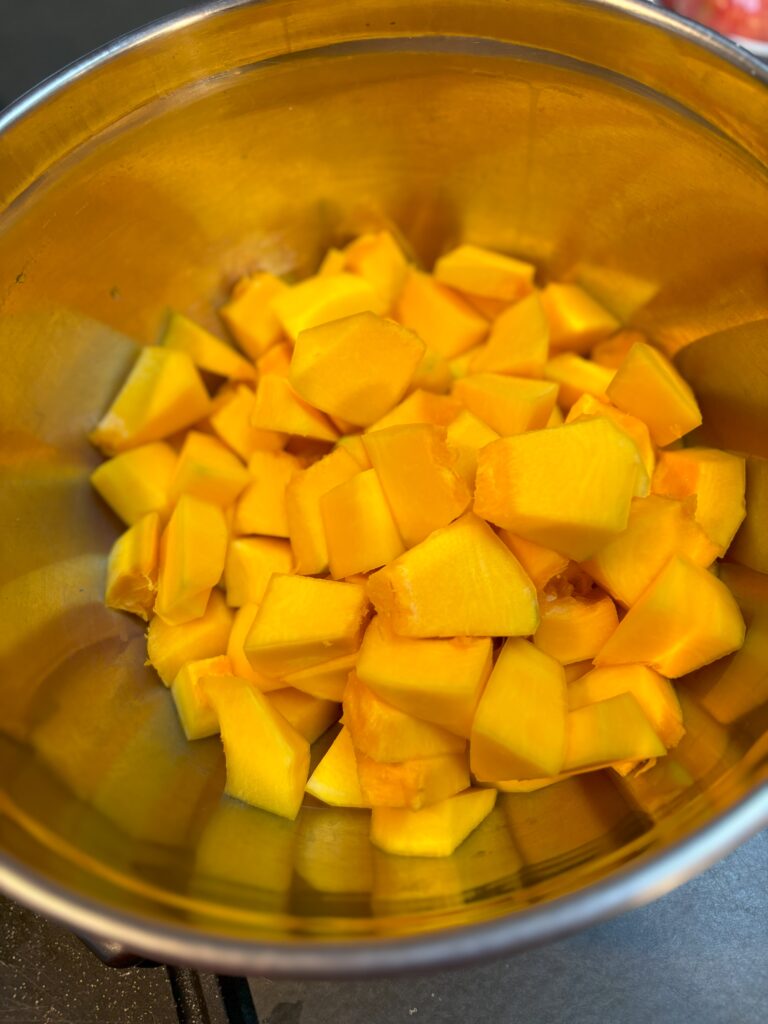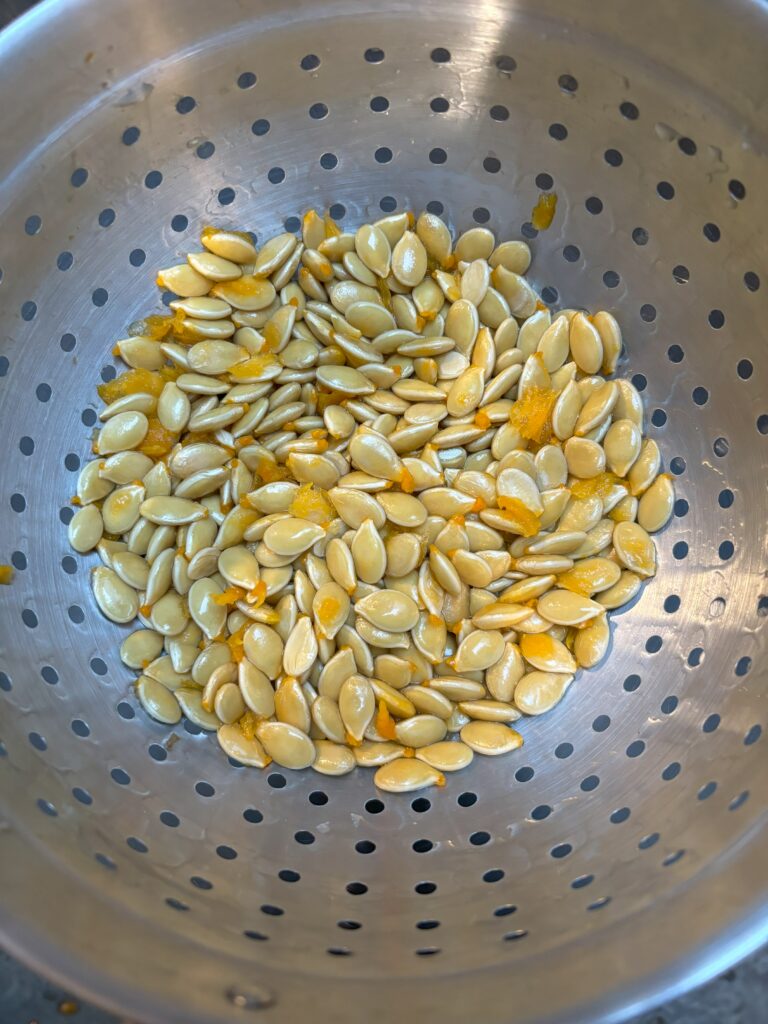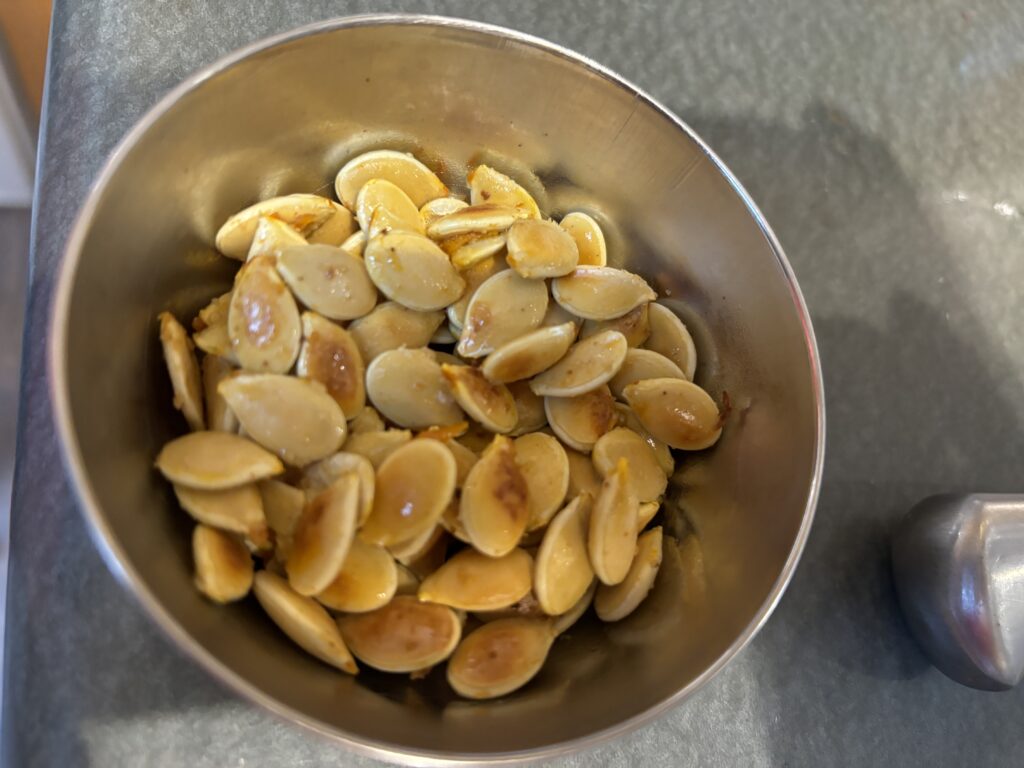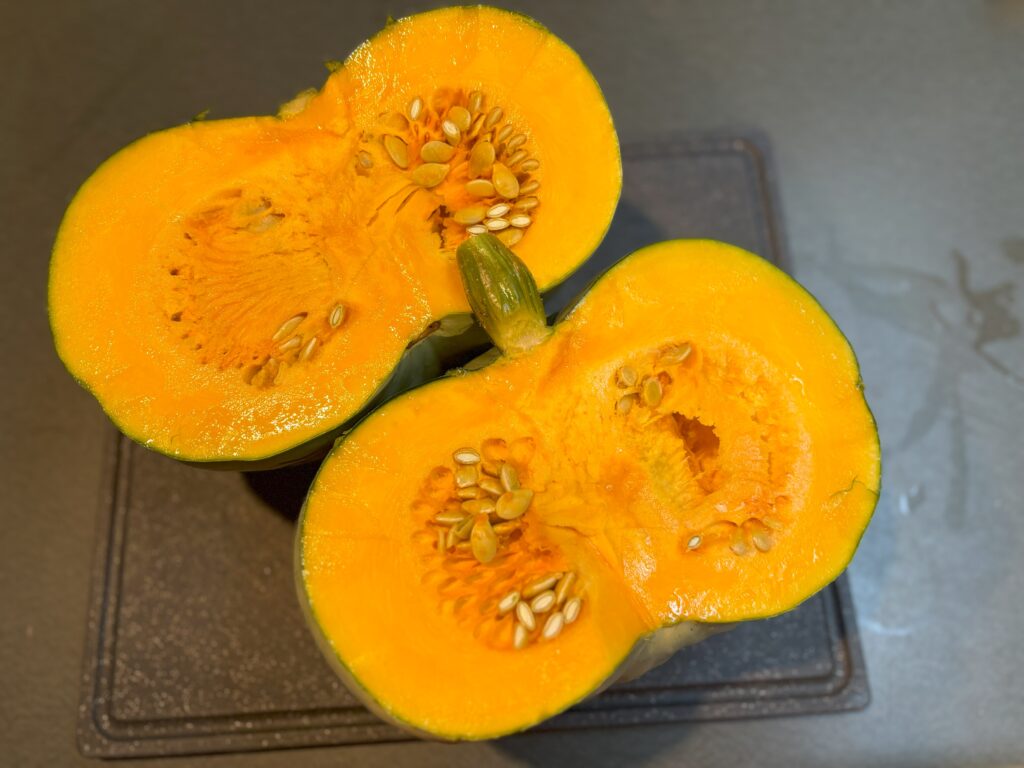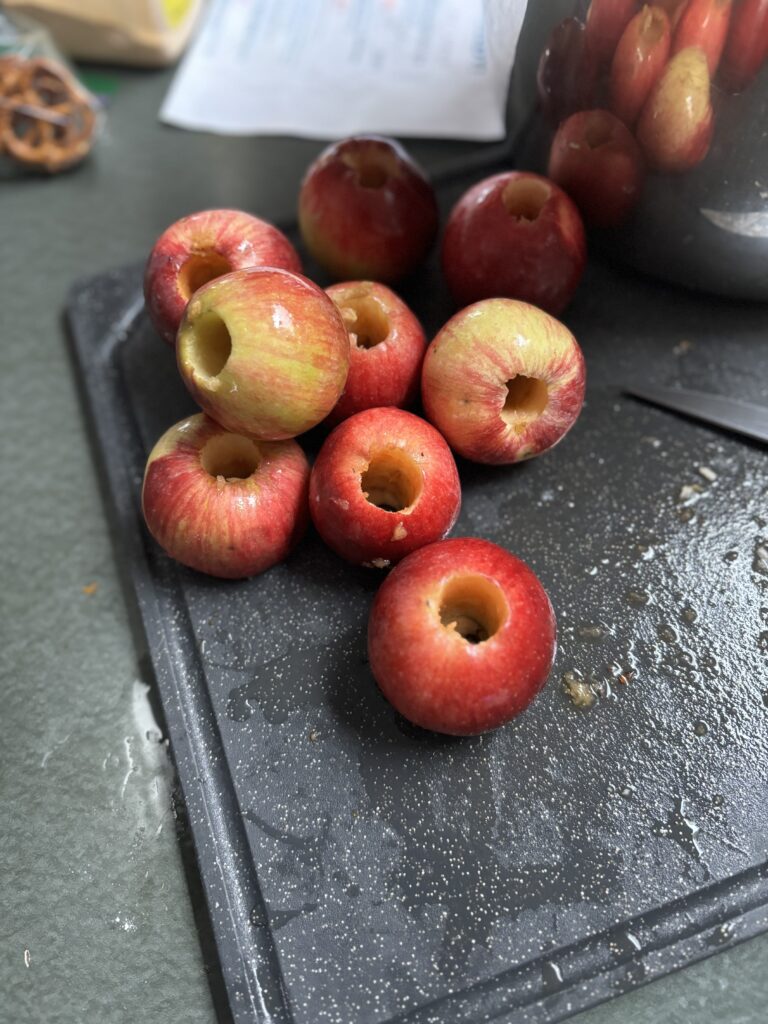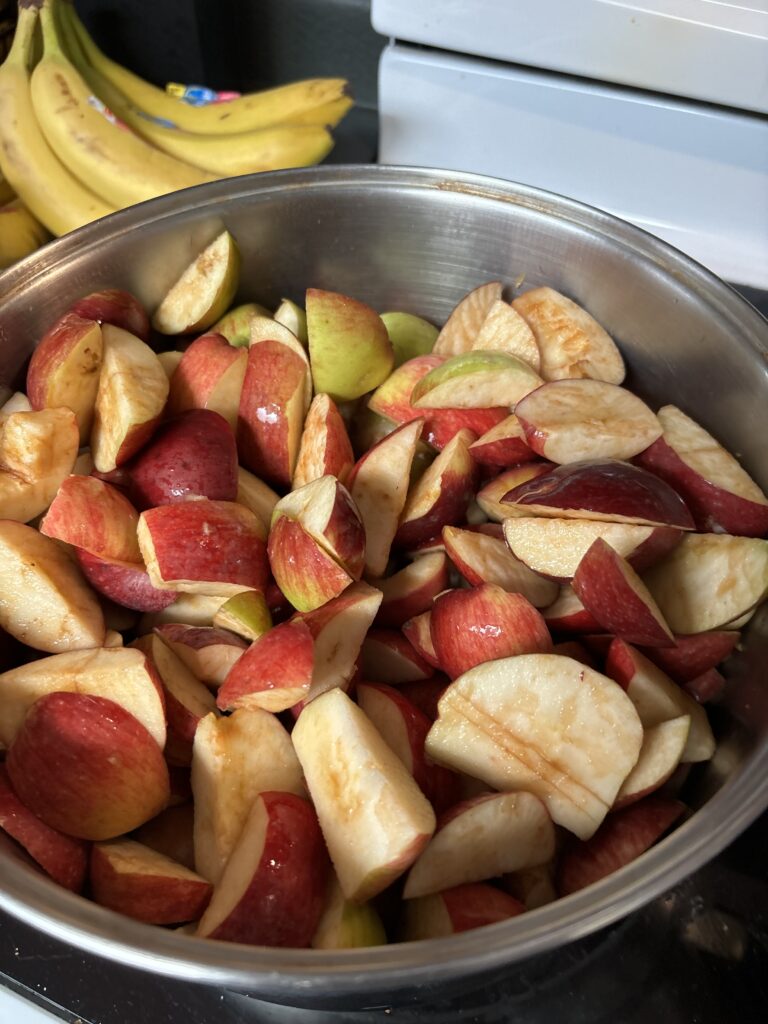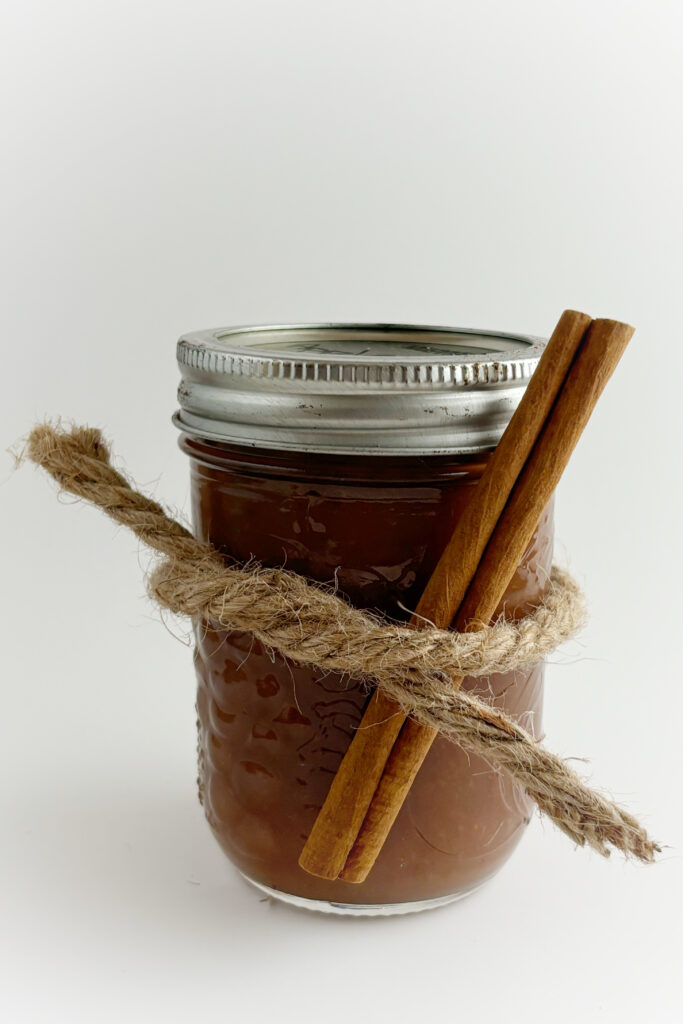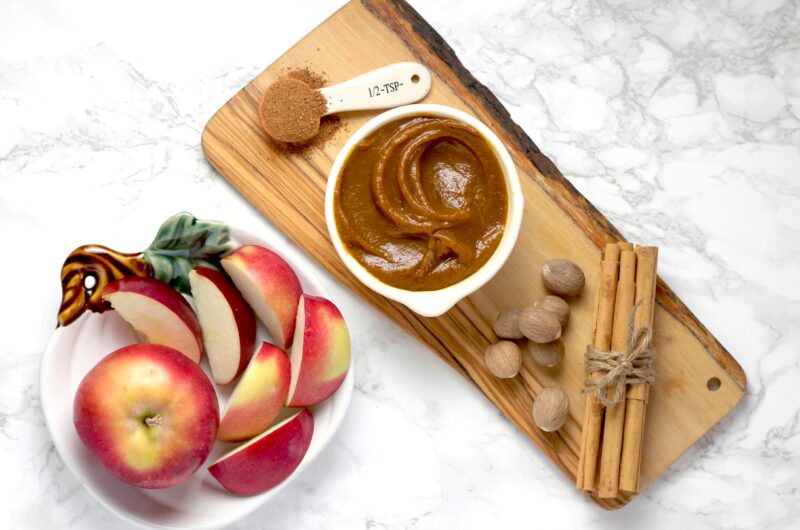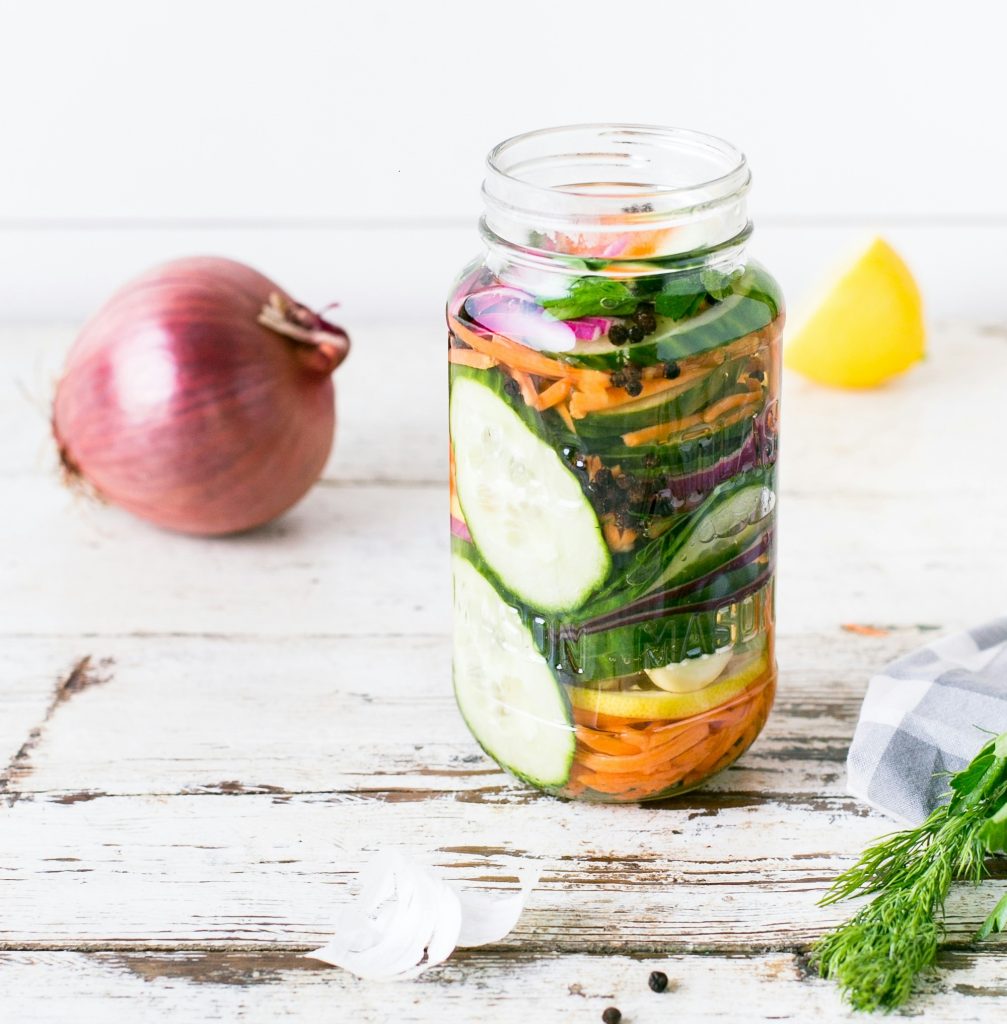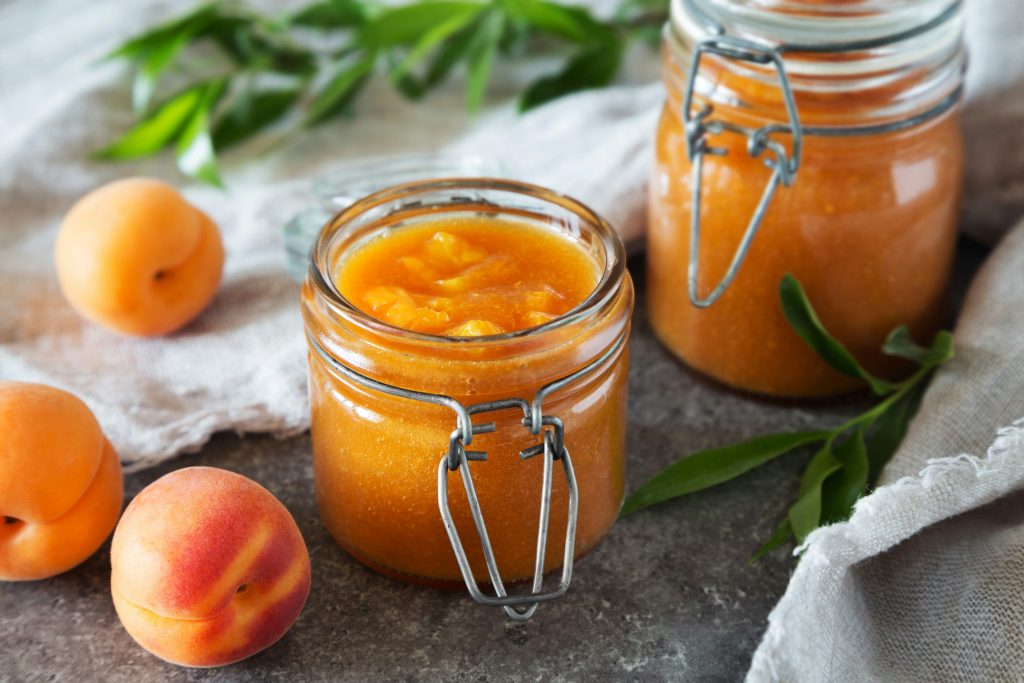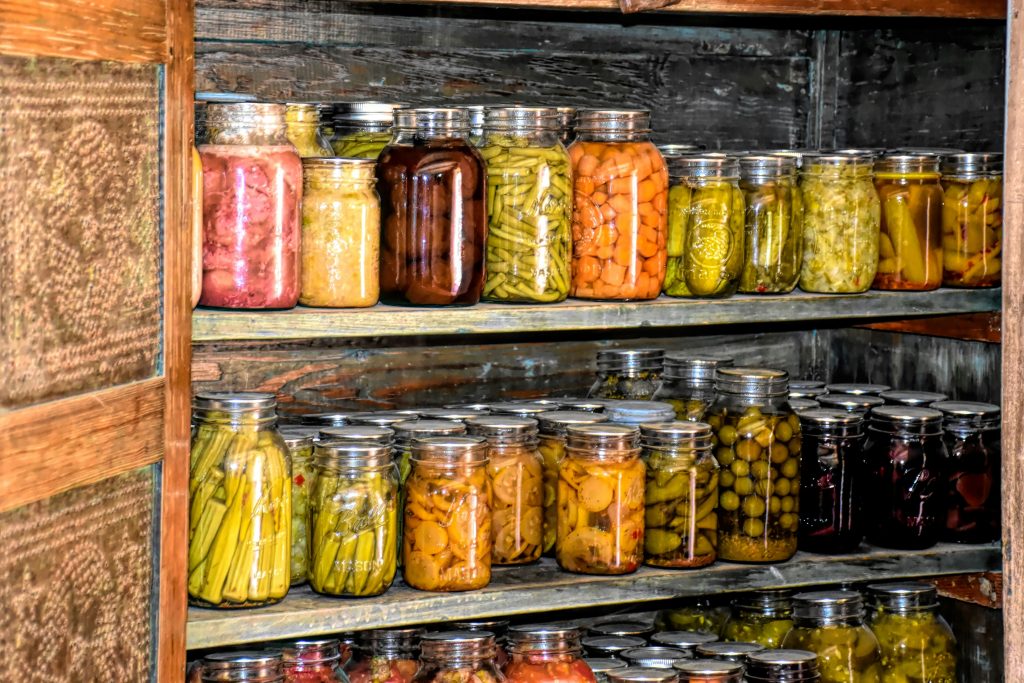If you love the zesty, fresh flavors of green salsa, you’re in for a treat. Salsa verde, a versatile Mexican condiment, can be the star of many meals. This green sauce is delicious with everything from tacos to grilled chicken, fish, or roasted vegetables. The beauty of a recipe for salsa verde lies in its adaptability—you can experiment with different peppers, adjust the acidity, and add herbs to make it uniquely yours. Here, we’ll explore the classic recipe for salsa verde, discuss the best peppers, and look at some variations you can try to create your ultimate version of this bright, tangy salsa.
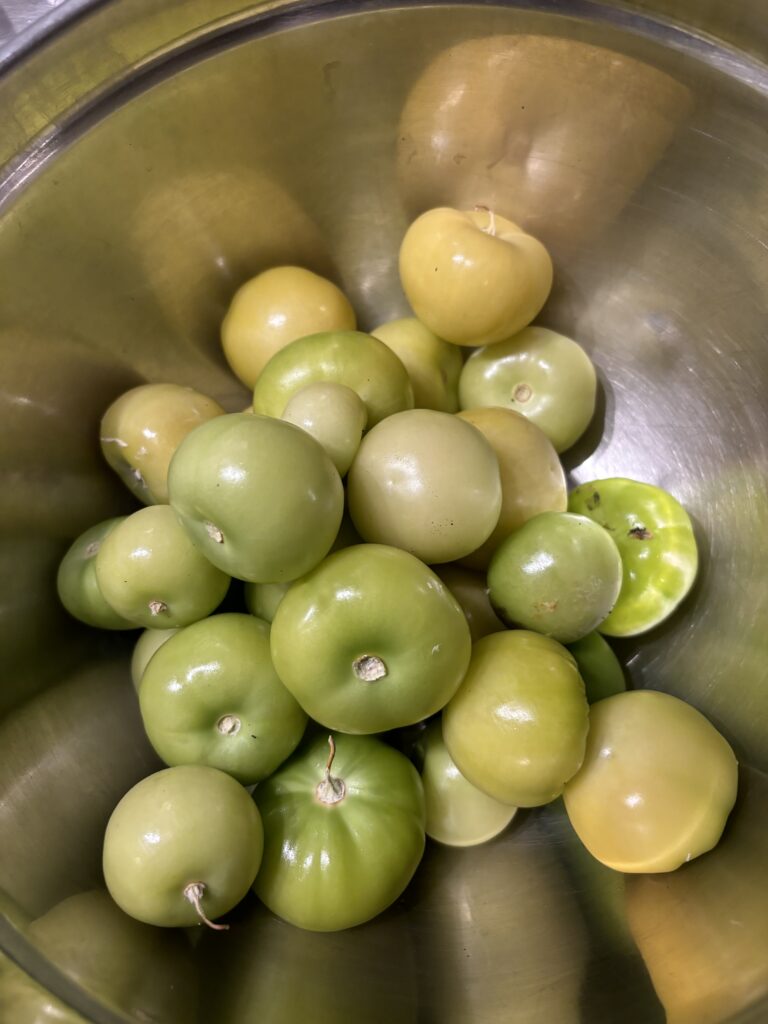
What Is Salsa Verde?
Salsa verde, which means “green sauce” in Spanish, typically uses tomatillos as a base, giving it its signature tang and vibrant green color. Alongside tomatillos, green chili peppers, garlic, cilantro, and sometimes onions come together to create a bright, fresh flavor profile. The acidity from tomatillos, combined with the heat from the peppers, makes it a lively addition to any dish. While this is the traditional Mexican-style salsa verde, Italian and Argentinian versions exist as well, each with its unique ingredients and flavors.
Choosing the Best Peppers for Salsa Verde
The type of pepper you choose plays a crucial role in the overall flavor and heat of your salsa verde. Here are a few common options, with a guide on how they might affect your recipe:
1. Jalapeños: These are the most popular choice for a mild to moderate heat level. They’re widely available and bring a slightly grassy flavor that complements the tomatillos well.
2. Serranos: If you prefer a spicier salsa, go for serrano peppers. They are hotter than jalapeños and add a sharp, almost citrusy heat.
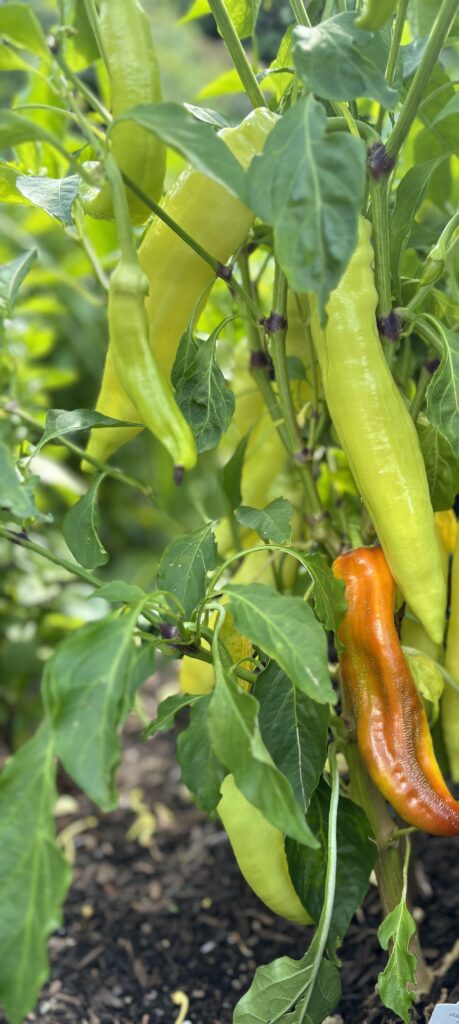
3. Poblanos: Poblanos are much milder and are great for those who enjoy a less spicy salsa verde. They have an earthy, smoky flavor that can add depth to the sauce.
4. Habaneros: These peppers are quite hot, so they’re recommended only for those who like very spicy food. Use them sparingly if you want to add a fruity heat to your salsa verde.
5. Banana Peppers: These sweet peppers were used along with a couple of jalepenos to make a batch of mild salsa verde for our family and was enjoyed by all. Keep your family’s spice tolerance in mind when choosing your peppers.
You can experiment with one or a combination of these peppers, depending on your preference for heat and flavor. For a mild salsa, stick with poblanos and jalapeños, while a mix of serranos and habaneros will bring more fire to your sauce.
Basic Recipe for Salsa Verde
Here’s a classic recipe for salsa verde that yields about 2 cups. It’s simple to make, requiring only a few ingredients and basic cooking techniques. Feel free to tweak the measurements to suit your taste.
Ingredients
– 1 pound of tomatillos, husked and rinsed
– 2-3 jalapeño or serrano peppers, stems removed (adjust the amount based on your spice preference)
– 1/2 cup chopped white onion
– 1-2 cloves garlic
– 1/2 cup fresh cilantro leaves
– Juice of 1 lime (or more to taste)
– Salt to taste (about 1/2 teaspoon as a starting point)
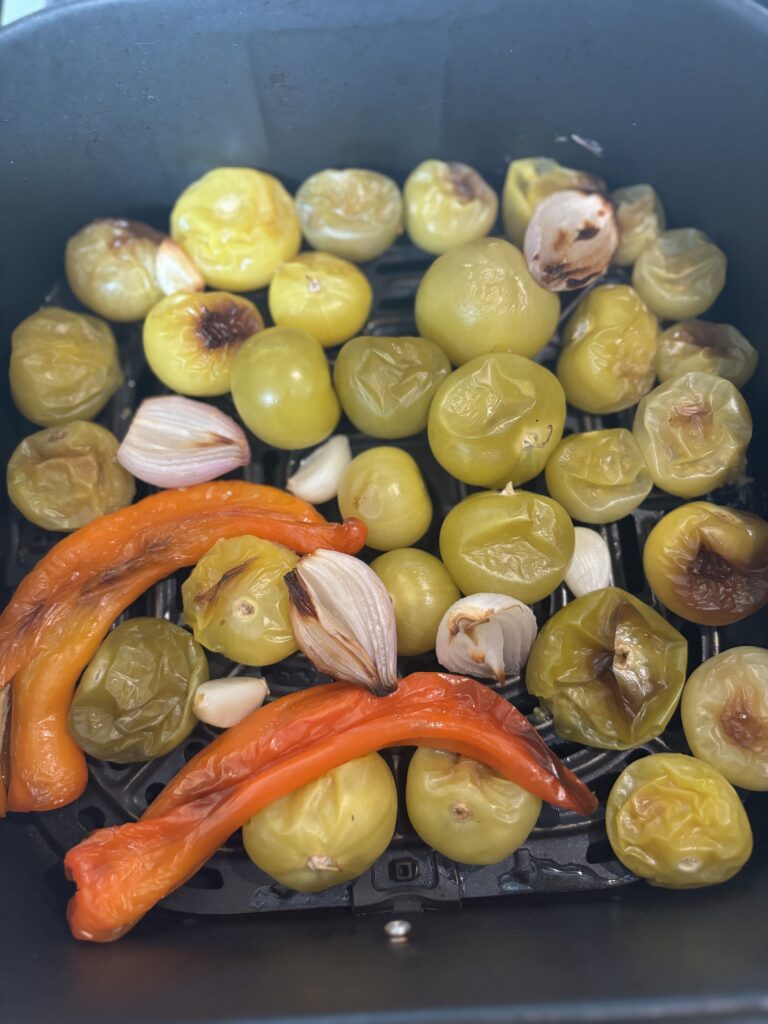
Instructions
1.Prepare the tomatillos and peppers: Preheat a skillet over medium-high heat. Place the tomatillos and peppers in the skillet and cook until they are slightly charred and soft. This takes about 5-7 minutes. Alternatively, you can roast them in the oven at 400°F for 15-20 minutes.
2. Blend the ingredients: Transfer the charred tomatillos and peppers to a blender or food processor. Add the onion, garlic, cilantro, and lime juice. Blend until smooth or leave it slightly chunky if you prefer a bit more texture.
3. Season: Taste the salsa and add salt as needed. You can add more lime juice for extra acidity or a splash of water if the salsa is too thick.
4. Serve: Pour your salsa verde into a bowl and enjoy it with tortilla chips, over tacos, or as a sauce for meats or vegetables. It stores well in the refrigerator for up to a week.
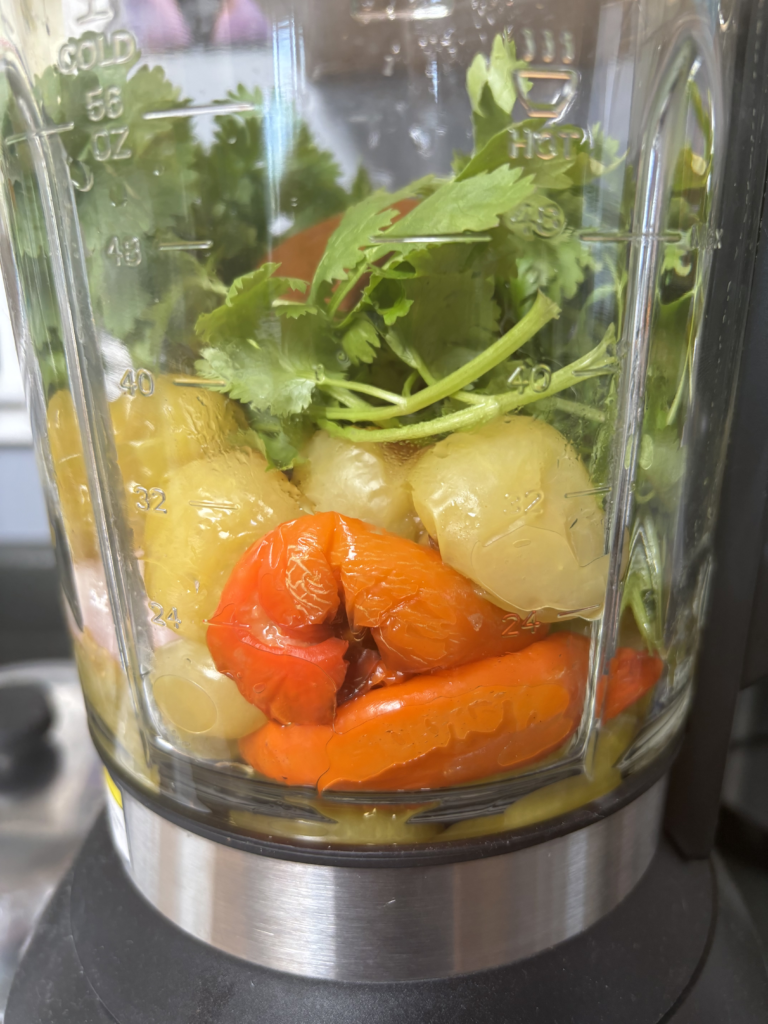
Variations on Salsa Verde
The recipe for salsa verde is highly adaptable, and small changes can lead to big differences in flavor. Here are a few variations to make it your own:
1. Add Lemon or Lime: While lime is more traditional, adding lemon juice instead of lime gives the salsa a slightly different, more rounded acidity. Try using a mix of both, or experiment with the ratios to find your perfect balance.
2. Roasted vs. Raw Ingredients: Roasting the ingredients, as in the basic recipe, adds a deeper flavor, but if you prefer a brighter, fresher taste, you can use raw ingredients instead. Simply blend raw tomatillos, peppers, onions, and garlic with lime juice and cilantro for a different take.
3. Add Avocado for Creaminess: If you enjoy a creamy salsa, add half an avocado to the blender. This makes the salsa richer and smooth, great for dipping or as a topping for tacos.
4. Use Different Herbs: While cilantro is classic, adding a few leaves of mint or basil can add a unique twist to your salsa verde. These herbs complement the freshness of the tomatillos and peppers beautifully.
5. Extra Spices and Seasonings: Some people like to add a pinch of cumin, a dash of oregano, or even a sprinkle of smoked paprika or boullion to deepen the flavor. These additions can give your salsa verde a more complex profile, making it ideal for grilled meats.
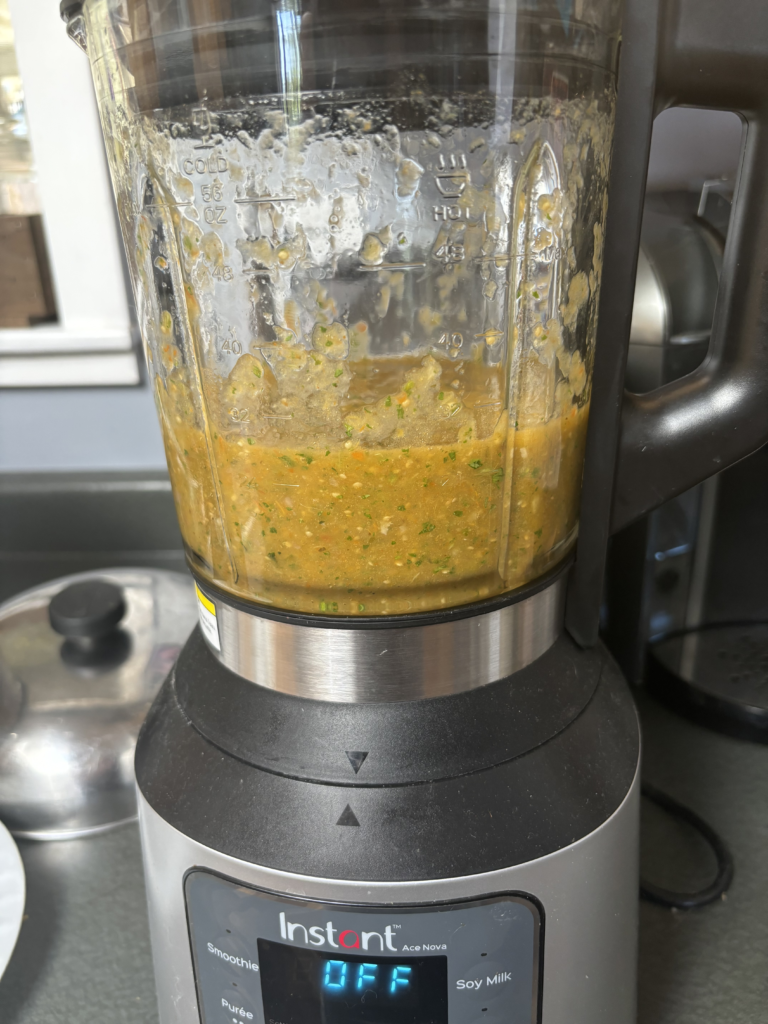
Tips for Perfecting Your Salsa Verde
– Texture: Decide whether you want a chunky or smooth salsa. Blending briefly gives you a chunkier salsa, while a longer blend will create a smoother sauce.
– Control the Heat: Always taste your peppers before blending. If a pepper is too spicy, you can use less of it or remove the seeds to reduce the heat.
– Balance the Acidity: Tomatillos bring a natural acidity to salsa verde, but lime (or lemon) juice enhances it further. Add the citrus in small amounts, tasting as you go.
– Storage: Salsa verde tastes best fresh but can be refrigerated for up to a week. Store it in an airtight container, and remember that it may thicken slightly in the fridge, so add a splash of water to reach the desired consistency before serving.
Tips for Perfecting Your Salsa Verde
– Texture: Decide whether you want a chunky or smooth salsa. Blending briefly gives you a chunkier salsa, while a longer blend will create a smoother sauce.
– Control the Heat: Always taste your peppers before blending. If a pepper is too spicy, you can use less of it or remove the seeds to reduce the heat.
– Balance the Acidity: Tomatillos bring a natural acidity to salsa verde, but lime (or lemon) juice enhances it further. Add the citrus in small amounts, tasting as you go.
– Storage: Salsa verde tastes best fresh but can be refrigerated for up to a week. Store it in an airtight container, and remember that it may thicken slightly in the fridge, so add a splash of water to reach the desired consistency before serving.
Making Salsa Verde Your Own
One of the best things about salsa verde is that it’s a recipe you can make your own by experimenting with ingredients and textures until you find a version you want to eat over and over again. Whether you prefer it mild or spicy, smooth or chunky, there’s a salsa verde variation for every taste. Don’t be afraid to try different combinations of peppers, add an unexpected herb, or adjust the acidity to make a salsa verde that’s uniquely yours.
In the end, a recipe for salsa verde is more of a guideline than a strict set of rules. With a few core ingredients and the willingness to experiment, you’ll be able to create a delicious salsa verde that elevates your meals and keeps everyone coming back for more.


